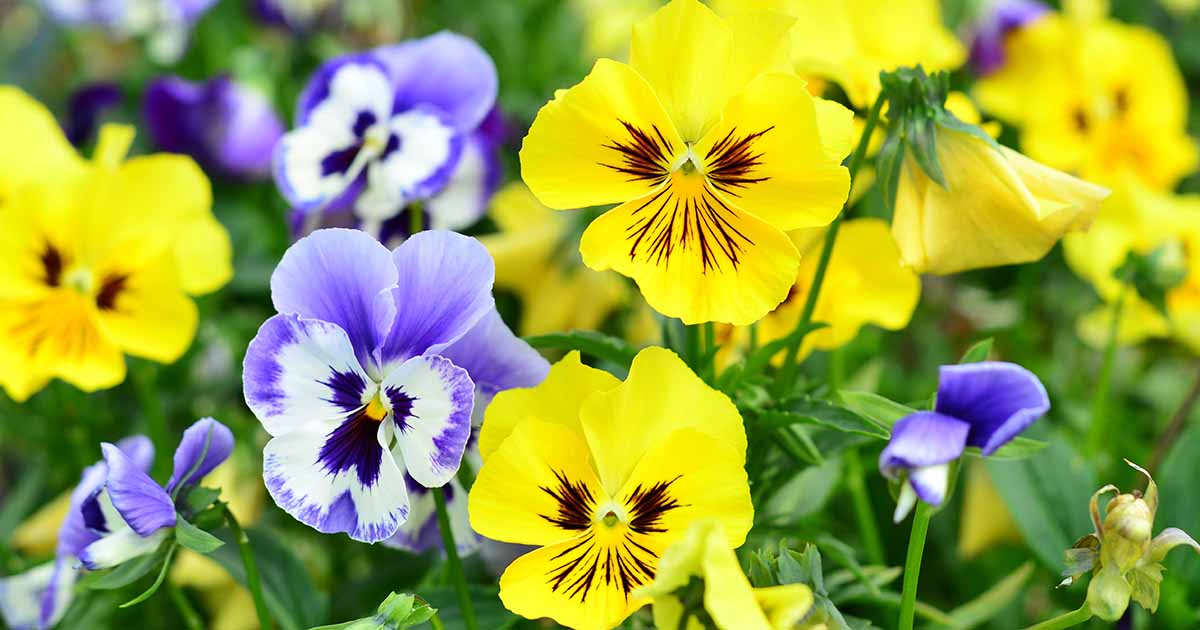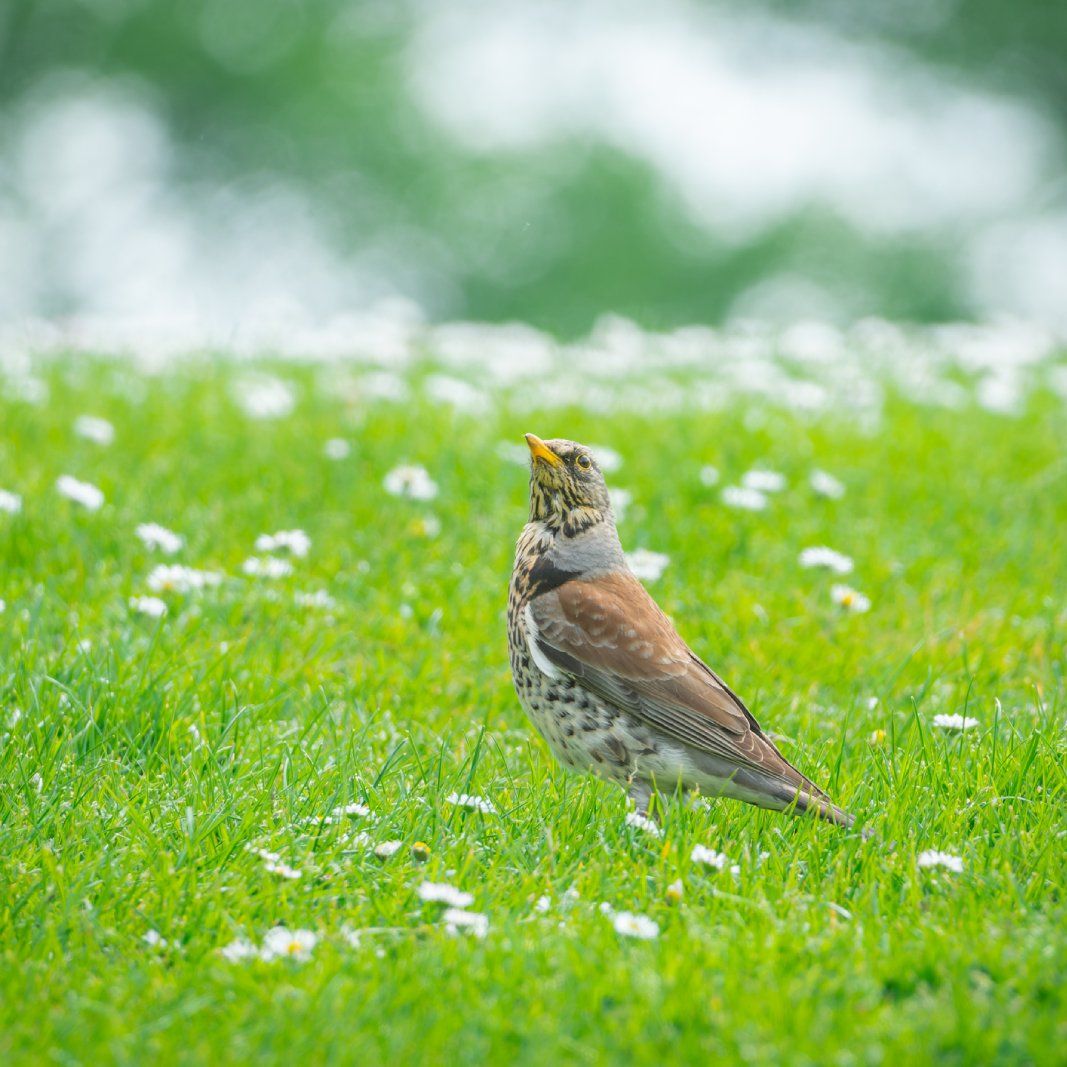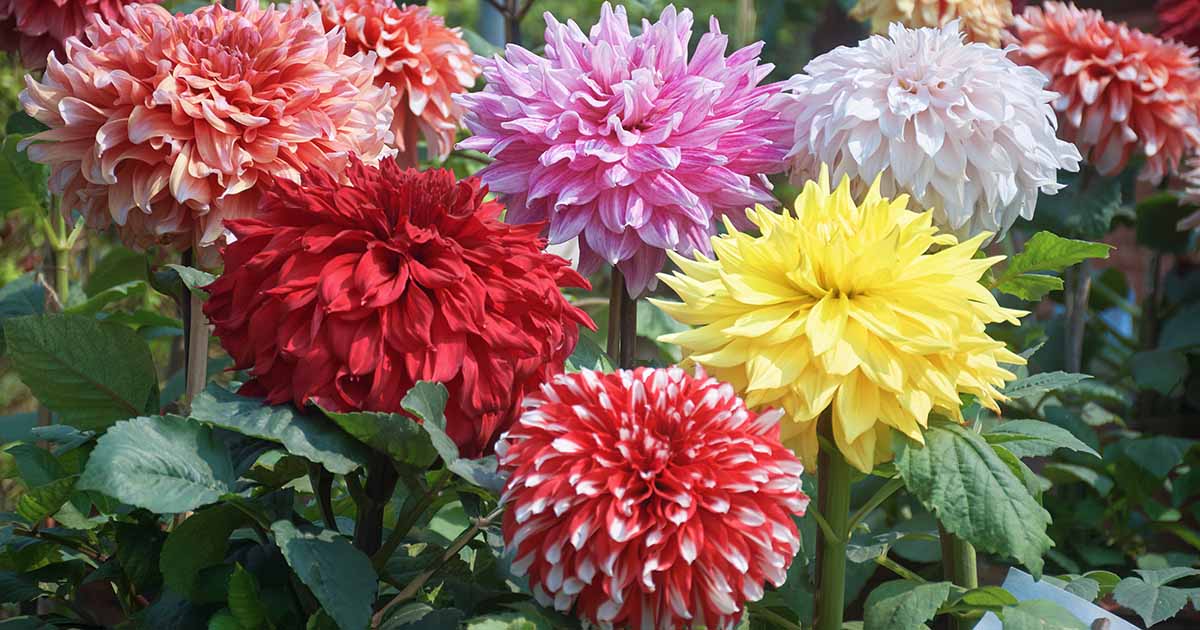When I think about growing plants from seed, I usually think about my vegetable garden. I direct-sow many types of these seeds, such as beans, carrots, and squash. I follow the planting directions on the packet (which may occasionally include soaking seeds in water for a few hours), and, voila, an edible garden appears shortly thereafter.
While that technique will work for some other types of plants, propagating native plants from seed isn’t always quite that easy.

Seed sources
Many of our local nurseries and garden centers sell native seeds, sometimes in wildflower packets or in single species packets. Be sure to check the wildflower packets to make sure you are only getting Mountain West natives; sometimes these packets contain other varieties. For many of these packets, you will be able to directly sow the seeds into your garden following the directions provided.
You may also choose to collect your own seed. To do this, start by making sure the seed is ripe (typically, flowers have died back by this time). Cut the dried flowers or seed heads, and store them in paper bags until you are ready to clean them, making sure to mark each bag clearly with the type of flower that’s in it. Store these bags in a cool, dry place until you’re ready to clean or prepare the seeds for planting.
Breaking dormancy
Native plants in the Mountain West have adapted to our climate with its cold, snowy winters, and many have built-in seed dormancies to keep them from sprouting at the incorrect time, which is easy to do in our variable climate. This is especially true for perennials and woody plants. Fortunately, there are a couple of techniques that can be used at home to “wake up” our native plant seeds.
Scarification. This method is for use on seeds with very hard coats that prevent moisture from entering. It requires physically abrading the seed, either with sandpaper or by nicking it with a knife (this is better for larger seeds). Lupines (Lupinus spp. and cvs., Zones 3–9) and purple poppy mallow (Callirhoe involucrata, Zones 4–8) are two common plants that require this method. Other scarification methods include soaking the seed overnight in water or even soaking it in very warm water.

Stratification. This technique mimics the effect of our winters and requires both cold and moisture. There are a couple of different ways to do this. The first is to put some potting mix or sand in a plastic bag and add a little water and medium, just until the mixture is moist. Add the seeds and mix again. Refrigerate for four to eight weeks (each variety is different, but this will work for most).
Another way to implement stratification is to directly sow seeds into containers (a flat works well for multiple plants) and water. Place the containers outside on the north side of the house or fence so that they stay shaded and colder. Hopefully, they will be covered with snow for most of the season. This will allow nature to do the work of chilling the seeds, and the plants should germinate as the weather warms.
Coneflowers (Echinacea spp. and cvs., Zones 3–9), fireweed (Chamerion angustifolium syn. Epilobium angusitfolium, Zones 2–7), and Rocky Mountain bee plant (Cleome serrulata var. angusta, annual) all need to be stratified for successful germination.

Planting
How and when to plant seeds is dependent upon the variety, the space you want to plant them in, and the time of year you want to plant them.
Direct-sowing into the soil can occur in spring or fall. Annuals do well planted in springtime. You may want to sow longer-lived perennials in autumn, as most need cold and moisture to germinate. Direct-sowing is most efficient for large planting areas.
Sowing into containers gives you more control over the number of plants and is effective with larger plants. It also helps you transport seedlings to plant in the garden.

Learn more
There are some excellent resources for starting Mountain West native plants from seed. Visit your state’s native plant society website, or Western Native Seed.
If you’d like to learn more about how nurseries grow native plants, check out Raising Native Plants in Nurseries: Basic Concepts by the USDA’s Rocky Mountain Research Station.
For some great Mountain West native plant candidates to start from seed, read on here:
And for even more information on growing all sorts of different plants from seed, see our All About Starting Seeds collection.
—Michelle Provaznik is executive director of the Gardens on Spring Creek in Fort Collins, Colorado.
Get our latest tips, how-to articles, and instructional videos sent to your inbox.











